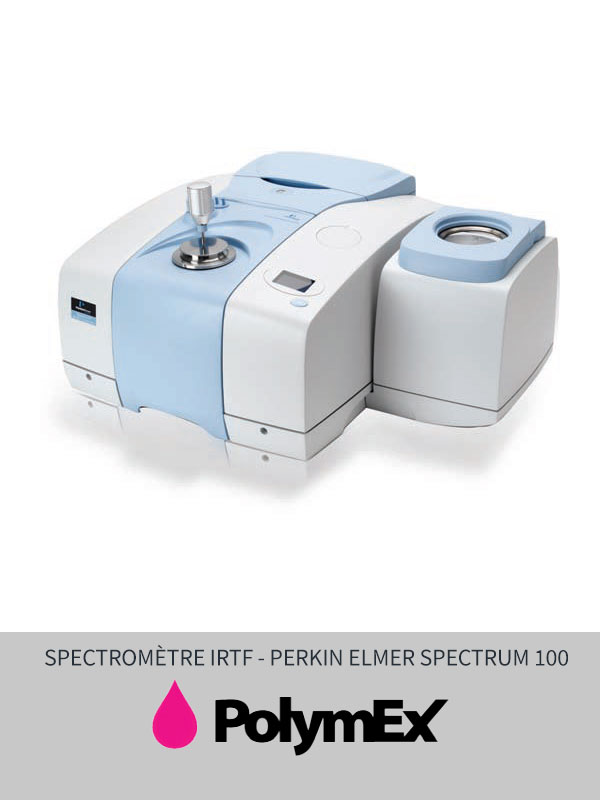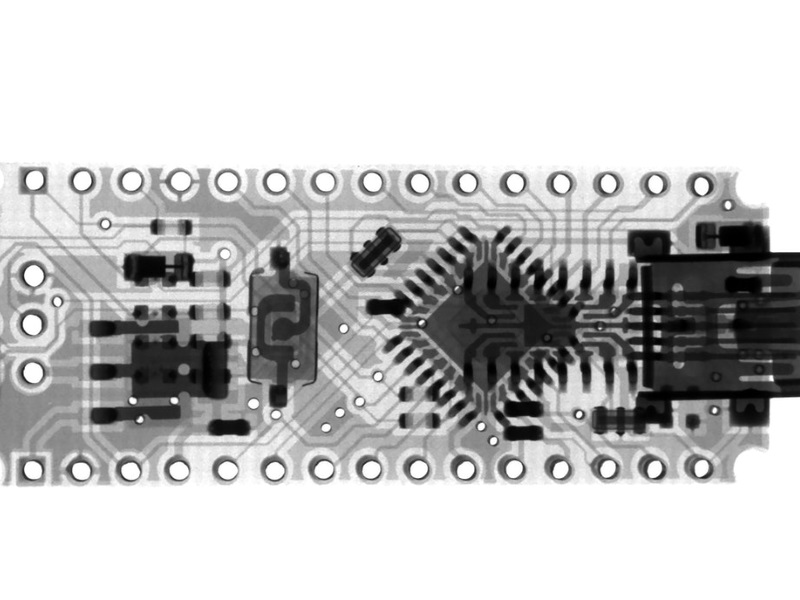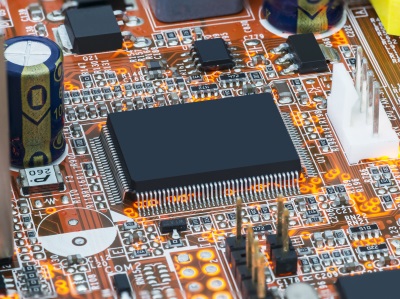Detection of organic surface contamination by IRTF (ECSS-Q-ST-70-05C)
The ECSS-Q-ST-70-05C standard describes an analytical method to quantify organic pollution that can occur in clean rooms (transposed from Aerospace standards).
The contaminants are collected on suitable sterile supports, for a period defined in the areas to be checked. Detection and quantification of potential contaminants are carried out by quantitative analysis using an IRTF spectrometer.
The search for organic contaminants is carried out by monitoring 4 target molecules which cover all of the organic pollution observable in clean rooms. Each of these molecules has a specific vibrational band in IRTF thanks to which they can be detected and quantified:

 EN
EN
 FR
FR



